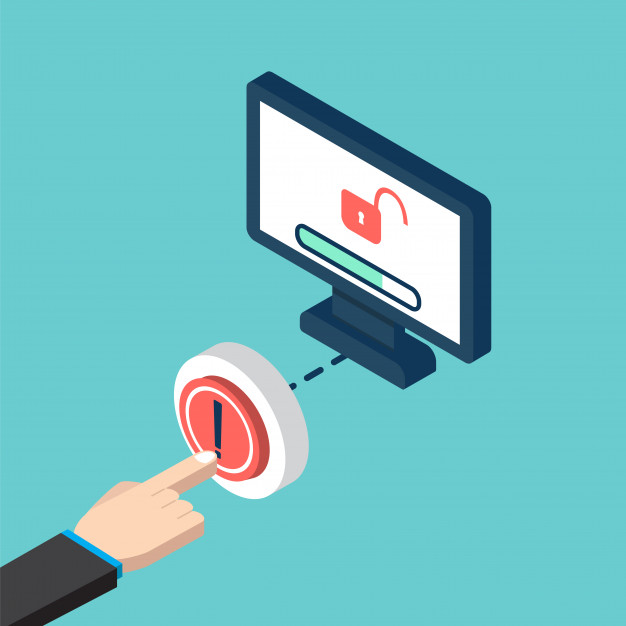Website Vulnerability Scanner Online
If you’re running a business website, then you need to take its security very seriously. In particular, you need to know how to scan a website for vulnerabilities, which could be exploited by hackers. Here is a guide to help.
How to Check Websites for Vulnerabilities & Malwares?
You can scan a website for vulnerabilities on an ad hoc basis by making use of the free website vulnerability scanning services on the internet. You do, however, need to make sure that you’re using a reputable service, not one which has been created to provide information to malicious actors.
While these free services are better than nothing, they’re really best-suited to hobby websites where it doesn’t matter (financially) if a site is attacked between scans. For business websites, where it absolutely does, it’s strongly recommended to scan a website for vulnerabilities constantly, as in 24/7/365. This means paying for a subscription to a premium website vulnerability scanning service. Here are some tips on how to choose one.

1. Consider the ease of use
This may seem like an odd place to start but the simple fact is that a website vulnerability scanner has to be easy to use otherwise you won’t use it, or at least you won’t use it properly. You need to be confident that you’ll be focusing your resources on fixing any vulnerabilities identified by the scanner, not having to figure out how to use the scanner itself.
2. Breadth and depth of scanning ability
This can be hard to judge from product descriptions. Ideally, you want to look at reviews from legitimate power users or just stick with well-known cybersecurity brands. Frankly, this last option tends to be the safest one in any case. Long-established cybersecurity brands stay in business by knowing what they’re doing.
The reason why you need both breadth and depth of scanning ability is that malicious actors are becoming ever more ingenious. They’re developing completely new methods of attack and building on the capabilities of older ones.
Ransomware is a good example of both. Up until relatively recently, it was barely known. It was developed to meet the goals of modern hackers (essentially making money rather than just making mischief). Since its launch, it has been so successful that the malware creators behind it can afford to put time and effort into refreshing and updating code to try to keep it one step ahead of security software.
3. Holistic scanning
In simple terms, web vulnerability scanners that carry out a range of activities in isolation tend to be much less effective than web vulnerability scanners which use a more holistic scanning process. Essentially, they use results from scans to inform other scans.
4. Web technologies supported
In the old days, creating a website meant using basic HTML. Now, even a basic hobby website is likely to use a variety of web technologies such as CSS, PHP, and HTML5. Once you start getting into the world of business websites then you’re also looking at the likes of JavaScript, Google Web Toolkit, and Single Page Applications to name but a few of the options currently on offer.
The more of these technologies your website vulnerability scanner can support, the more you can safely do with your website. Remember, even if you don’t plan to do something, it can be very helpful to know you can do it if you wish.
You also want to know that a website vulnerability scanner is quickly updated to support new technologies as they emerge. The internet is still developing at a very fast pace and your website vulnerability scanner has to be able to keep up with it.
5. Content management systems supported
As an absolute minimum, you need to ensure that your website vulnerability scanner can support the CMS you intend to use. Per the previous comments, the more CMSs your website vulnerability scanner can support, the more options you have to change track further down the line if you so wish.
For completeness, you still need to make a point of updating your CMS and any third-party extensions you use rather than just relying on your website vulnerability scanner to tell you when something is wrong.
6. Mobile-friendliness supported
Many sites implement different versions of apps for people who are browsing the internet on mobile devices. They may or may not offer the same level of functionality, but they almost certainly pose a potential vulnerability and therefore need to be scanned.
7. Minimal false positives
There may come a day when a website vulnerability scanner can legitimately guarantee that it will never produce a false-positive result, but that day is probably far off. A high-quality web scanner will, however, keep these to a minimum.
Please click here now to have your website scanned, for free, by cWatch from Comodo.
© 2026 Comodo Security Solutions, Inc





